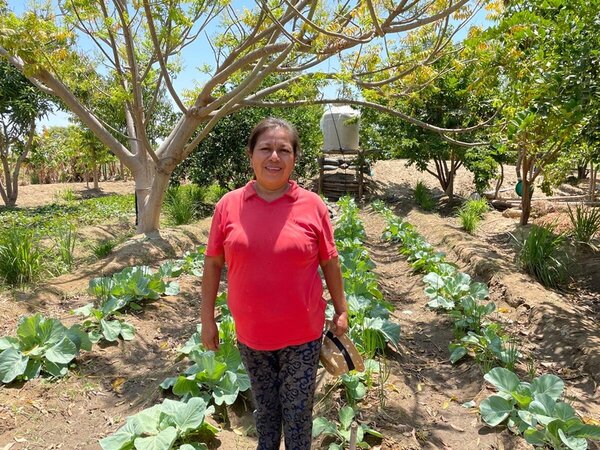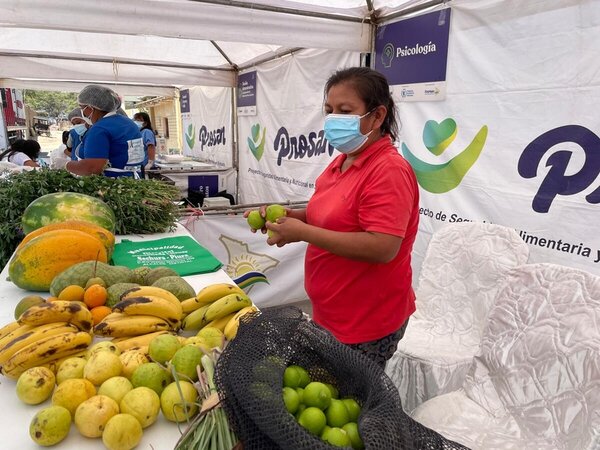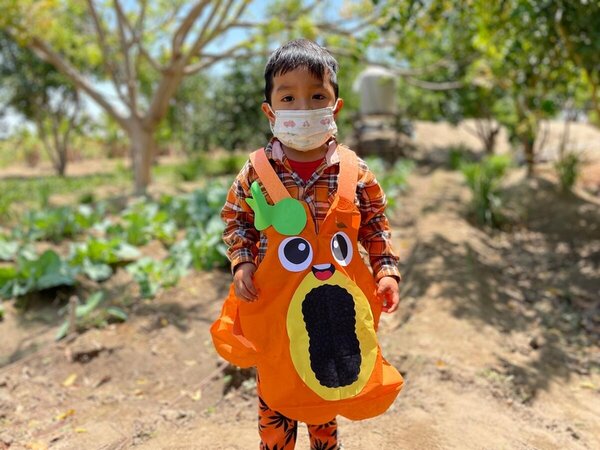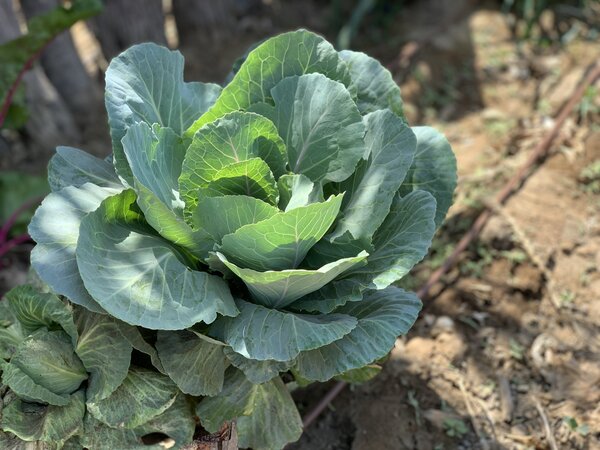Water means a greener future and better nutrition in Peru’s arid north

In the Sechura desert, on Peru’s northern coast, several hours away from the main roads, hundreds of families survive hand-to-mouth. Drinking water is unavailable, and nutritious food is scarce – and expensive. Or, at least, it was.
"We could only sow vegetables when there was a little water from the river, but that did not happen every year,” says María Mayanga, who lives in the village of Pocitos with her family of six. “Otherwise, the only way for us to get them was to buy them in the provincial capital, which is far from here.”
However, thanks to a project backed by the World Food Programme (WFP), both she and another family share a 900-metre plot of land where they farm organic vegetables and raise farm animals.
A drip irrigation system, installed with WFP’s support, allows for efficient use of underground waters, which the families can access through a communal reservoir.
Now María and her family can get water from a well. Using organic agricultural techniques, they grow broccoli, maize, slipper gourd, carrots, beetroots, lemons, alfalfa, tomatoes, lemongrass, coriander, radish, mint, parsley and local pulses such as pigeon peas.
María is happy her family can now eat healthier – and yet cheaper – vegetables with no added chemicals.
“We eat more greens now – the kids have the vitamins and minerals they need, and we do not have to worry about running out of money,” she says. “We also have animals we can eat, and in the future we would like grow fruit too.”
The plans for her farm are ambitious. “We’d like to have solar panels to run the pump for the irrigation system, so we would not have to buy fuel,” she says.
The WFP-backed scheme has so far supported some 250 farms like María’s in Sechura. About 40 percent of these are producing surplus which they are able to sell for a profit.

Noemí Amaya’s 4.8-hectare farm in Rinconada Llicuar produces onions, peppers and cabbage as well as fruits such as lemons, papaya, passion fruit, lime, mangoes and others.
All members of her large family chip in with farming activities. “My brothers leave for the farm at the break of dawn,” she says. “The other members then join them. We bring food and have lunch on the farm. One day we take the weeds out, another we will pick the pigeon peas.”


The Amayas keep part of their harvest and sell the rest on a stall they set up in front of their home, or at local organic farmers markets that are backed by WFP. “Our quality of life has improved,” says Noemí. “With the money we make we can buy the fish and meat we need for a balanced diet.”
As well as tending to her farm, Noemí works as a community agent, providing advice on healthy eating habits, also with a view to reducing rates of anemia and chronic malnutrition in children. She also represents her family in the community water management committee.
“Now we are better equipped to face drought,” says Noemí, whose family now can count on a well, a tank and a water pump. “We also save water and use seed varieties that require less water.”

